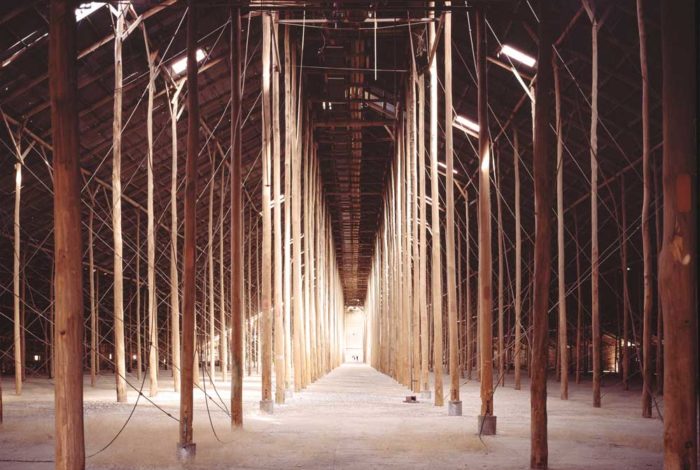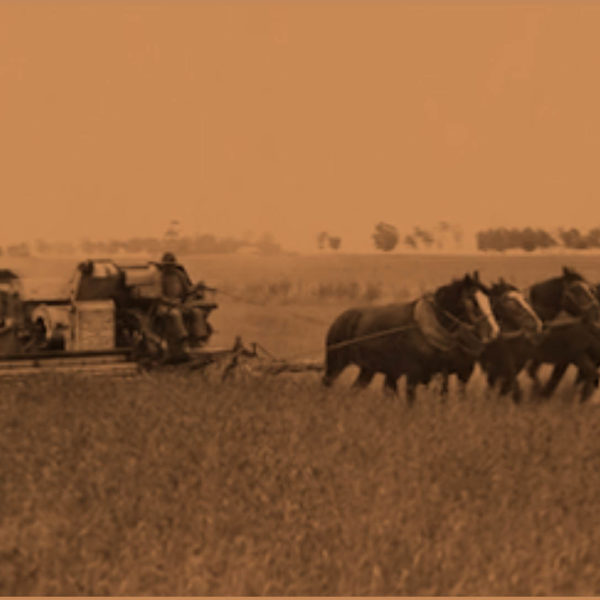- Bruce Thomas Heritage Victoria & Heritage Council of Victoria

2. Why The Stick Shed was Built
The story of Murtoa and of the Stick Shed is one inextricably linked to grain.
There was a wheat glut in Australia beginning in the late 1930s. Australia’s main wheat export market was Asia and the Pacific. This came to an abrupt halt when Pearl Harbour was bombed in December 1941. The UK was buying its wheat from Canada.
In the previous two years bumper crops in both Western Australia and South Australia meant based on the way wheat was sold then the expected large 1941-2 Victorian crop would need to be stored for a number of years.
Those good wheat crops in S.A and W.A had led to grain stockpiling and a shortage of storage facilities. This prompted the Australian Wheat Board to design and build the first large bulk storages in Western Australia. They were referred to as ‘bulkheads’ originally, then commonly known as Emergency Wheat Storage Sheds.
Victorian wheat storages, including the many concrete bulk silos built in the 1930s filled up. Countless railway sidings around Australia began to overflow with bagged wheat brought in directly from farms.
Finally, with the large 1941-2 Victorian crop looming, it had become critical that an immediate solution to this massive problem was found. The Victorian Grain Elevators Board decided, despite much opposition from many quarters involved in bag-handling, to construct the first Victorian Shed at the important railway site of Murtoa.

